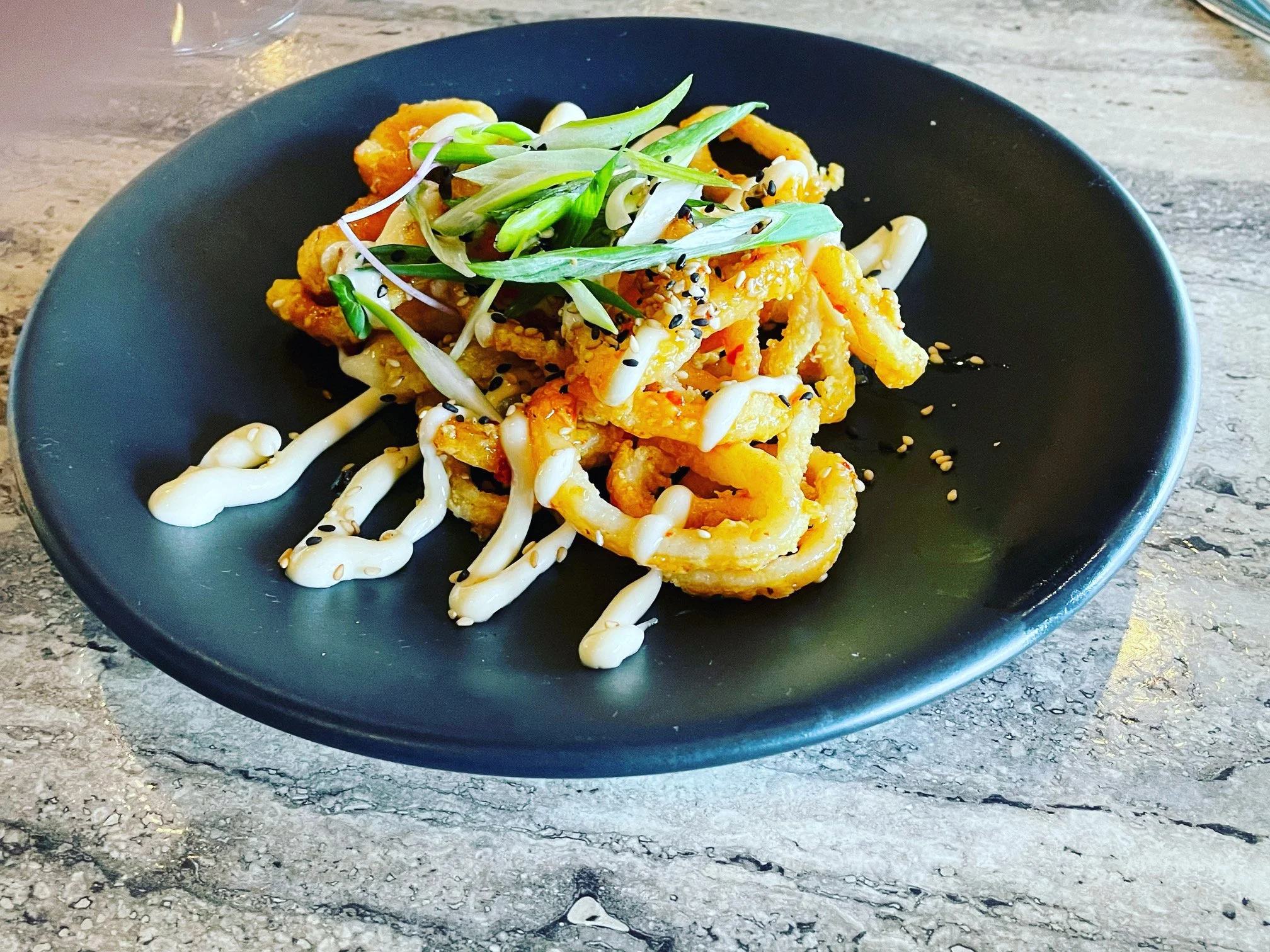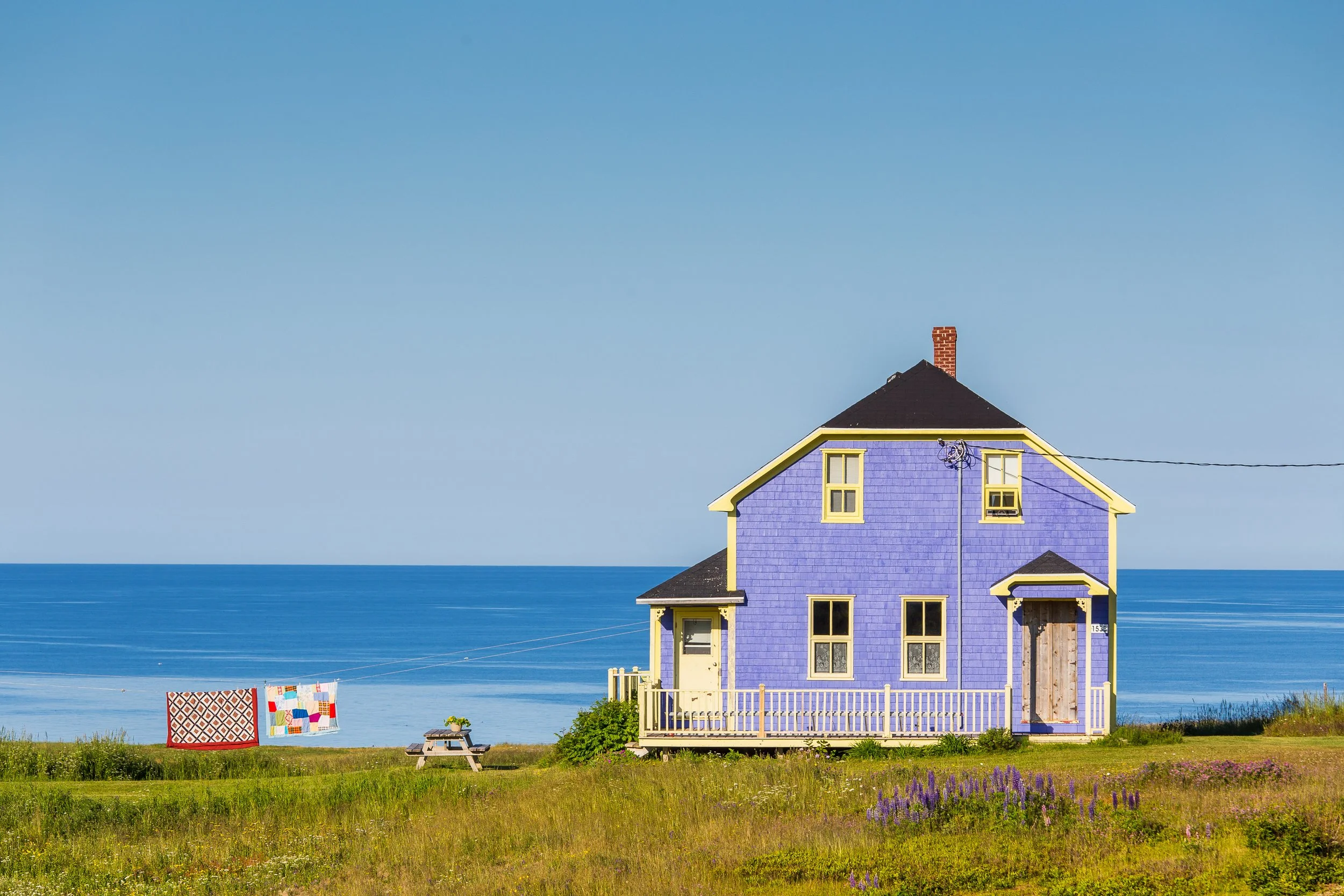Les Iles de la Madeleine - Island paradise, no passport required
Published July 30th, 2025
Photos by Anna Hobbs unless otherwise noted.
We invite you to subscribe to the Modern Traveller Newsletter to get terrific travel articles delivered straight to your inbox!
Photo: Tourisme Îles de la Madeleine
“Where is that?” a friend asked when we said we were vacationing on Les Îles de la Madeleine (the Magdalen Islands in English, or the Maggies if you prefer nicknames). It wasn’t a surprising question because, beyond the province of Quebec, this necklace of islands were under the radar for years.
A 100-km long crescent-shaped archipelago of eight islands, seven inhabited, six connected by bridges, causeways and sandbars. Together, they comprise less than 205 square kilometres. Even though they are part of the province of Quebec, this dot on the map of Canada is closer to Prince Edward Island, Nova Scotia and New Brunswick.
Photo: Tourisme Îles de la Madeleine
Here's where you discover garnet-coloured sandstone cliffs fronting endless blonde beaches, towering dunes and emerald meadows beneath a cerulean sky. Then there are tiny wooden houses in eye-popping, jellybean colours dotting the landscape. Add in fabulous food, friendly, warm and welcoming francophones and you have the recipe for a foreign-feel vacation,without leaving the country.
The first settlers, the French-speaking Acadians arrived in 1755. Today’s 12,500 residents have preserved a distinctive version of Acadian French Their lilting accents vary depending on which island they call home. What they share is a sense of solitude and a contagious Quebec joie de vivre. Most islanders today are of Acadian or indigenous Mi’maq descent, emigrates from Scotland or survivors of the many shipwrecks that occurred off these shores.
Photo: Tourisme Îles de la Madeleine
“Set your watches to ‘Maggie’s time’ before you arrive,” a friend suggested. “You want to be ready to surrender to the simple rhythm of island life. No one hurries here. They take time just to be. Everyone seems to know everyone else. People smile, they nod and say ‘bonjour’ even to passing strangers. You will discover how to disconnect from the real world, how time stands still.”
The best way to capture the distinctive character of each island is to drive route 199 from one end of the archipelago to the other. Unless you prefer to hike or bike, in which case you can inhale the fresh sea air on well-marked trails or bike lanes alongside the highway.
Grande-Entrée, at the top of the chain is known as the lobster capital of Quebec. Life is dictated by the rhythm of the sea. And lobster is king. The number one industry today, provided $120 million benefits to the island in 2025.
For nine weeks, from early May, fishermen rise before dawn to head out to sea, to empty, then bait their lobster traps. They do this six days a week, but never on Sunday, according to a long-standing, unwritten fisherman’s agreement.
Stopping by the wharf about 10 am, we were just in time to off-load the day’s catch into bins destined for city markets. The fishermen were happy to chat and show off their boat and talk about their catch. Alain Langford, skipper of Cap David, told us, “The catch is good this year.” To prove his point he tossed me a six-and-a-half-pound monster for a photo op. “Lobsters caught off these shores are the finest in the world,” he said, “because of the cold water and the rocky, rather than sandy, gulf floor. At dinner that evening, we heartily agreed. When lobster season ends, they fish for herring, mussels, crab and mackerel.
Grosse Île, just beyond Île Grand Entrée, was settled by the Scots and is still an English-speaking enclave. Old Harry Beach has been touted as one of the most beautiful beaches in the world. More than 300 kilometres of white sand border the islands, which can make choosing which beach to dig your toes into a challenge. Of all the outdoor activities to indulge in, kitesurfing on L’Etang-Du Nord, is the sport of choice.
It should come as no surprise that seafood dominates the local cuisine. What surprises many tourists are the shockingly good meals found at small, unpretentious restaurants.
Head to the village on Île du Havre-Aubert for the sea museum a little retail therapy. You won’t find big box stores, but you can’t help but be delighted with the wood-shingled shacks and tiny boutiques where you’ll find nautical antiques, handcrafted gifts and souvenirs and one-of-a-kind sculptures molded from sand.
This dream destination is a fragile environment. The cliffs are constantly eroding. The tourism department unveiled an innovative plan three years ago – the first in Quebec – to raise awareness of the need to protect the Islands. Visitors are encouraged to commit to responsible and sustainable tourism. A gem like this deserves all the TLC visitors can give.
It didn’t take long to set our internal clock to laid-back Maggies’ time. Or to fall in love with this patch paradise, eager to return.
If you go:
The trip from Montreal by plane is a couple of hours; the ferry ride from Souris, Prince Edward Island, five hours. Air Canada and Pascan regional airline fly from Montreal and Quebec Cité to the airport on Havre-aux-Maisons. It’s a seasonal schedule.
Also, PAL Airlines offers year-round flights from Montreal and Quebec City to the archipelago airport.
Visitors are encouraged to visit in May, June, September or October – when you can expect great weather and fewer tourists. Reservations are essential.











